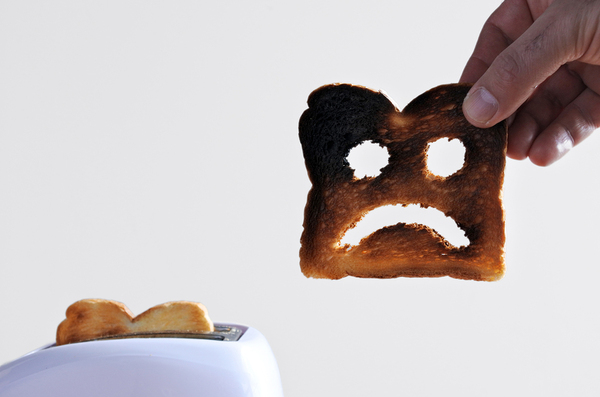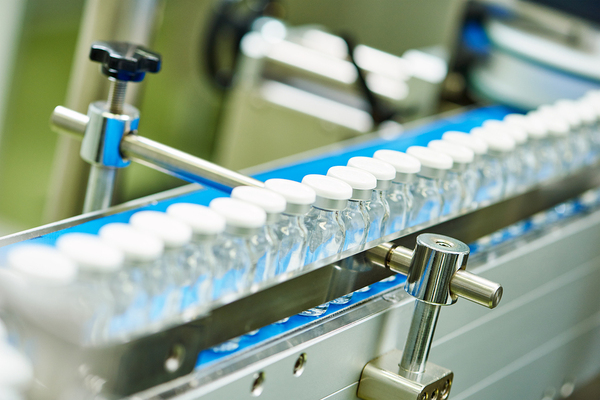Food waste is one of modern society’s most complex problems. In 2014, Americans threw away more than 38 million tons of food waste, and only 5 percent of it was diverted from incinerators and landfills. Nearly 22 percent of discarded municipal solid waste is food waste.
 Food waste is unfortunate, but shelf-stable technologies are helping prevent and limit it.
Food waste is unfortunate, but shelf-stable technologies are helping prevent and limit it.
Preventing food waste requires addressing waste at numerous points along the chain of production and consumption. It involves reducing the amount of surplus food generated in the first place, diverting extra food to people who need it, generating animal feed from food waste, using food waste in rendering and food conversion, composting, and using landfills and incinerators as a last resort.
On the consumer side, food packaging designs can affect food waste. Consumers do not like throwing out food, and packages that help prevent waste by extending shelf life and protecting food adequately help reduce it. Here are some ways food packaging design can help cut down on food waste.
Food Packaging Design and Shelf Life
While consumers want products with maximum shelf life, they want it without the use of preservatives as much as possible. Food packaging designs can incorporate technologies that allow this to happen. For example, incorporating oxygen absorbing technology into food packaging can almost double store shelf life.
This technology reduces oxidation and helps preserve food’s original flavors and colors while reducing the need for preservatives. It also helps preserve nutrients like vitamin C and reduce spoilage from microbes. Natural and organic foods stand to benefit tremendously because of packaging materials that help foods last longer without the use of preservatives that consumers want to avoid.
Extended Shelf Life Effects on Food Waste
Extension of food shelf life through the use of technologically advanced food packaging designs benefits food manufacturers, distributors, and retailers by allowing for better control over product availability, quality, and cost.
 Manufacturers, distributors, retailers, and consumers benefit from innovative packaging technologies.
Manufacturers, distributors, retailers, and consumers benefit from innovative packaging technologies.
Food waste from the average household may be small compared to food waste produced during manufacturing and packaging, but people do not like throwing out food. Shelf-stable technologies certainly have an impact on individual household food waste, along with the expense associated with it.
Extended Shelf Life and Benefits to Producers
Flexible, resealable packaging designed to maximize shelf life not only appeals to consumers, but benefits producers as well, by reducing the need for storage space and ultimately reducing transportation costs. Extended shelf life also opens up new possibilities to food producers. For example, increasing the shelf life of products can allow producers to reach new markets and thus reduce waste. Since manufacturers take back unsold products from retailers, longer shelf life reduces the frequency of those journeys.
New Technologies in Shelf-Stable Food Packaging Design
Food packaging designs consisting of multiple compartments are being developed to allow consumers to consume two or more different products either mixed together or in sequence. Currently, this technology is being used in shelf-stable cocktails that consumers mix themselves.
New gravity-fed pouches are being developed that allow products to be dispensed without utensils while allowing for the maximum amount of product to be removed from the packaging, again reducing waste. Other new technologies are being developed to allow laminated papers to be recycled just like plain paper. The result is products that remain fresh and safe longer, and often packaging itself that takes up less space in the waste stream, or that can be recycled more easily.
Food packaging design innovation will be the key to allowing food manufacturers to address consumer demands, help consumers waste less food, and waste less food themselves by having better control over supply and distribution. Finally, these technologies will produce a return on investment for every step in the supply chain and for waste-conscious consumers.
PKG Brand Design is always on the forefront of new CPG branding and packaging initiatives - to read more, please subscribe to our blog to always be current on the latest package design industry news.
 |
 |


-min-1.png)

.webp)


